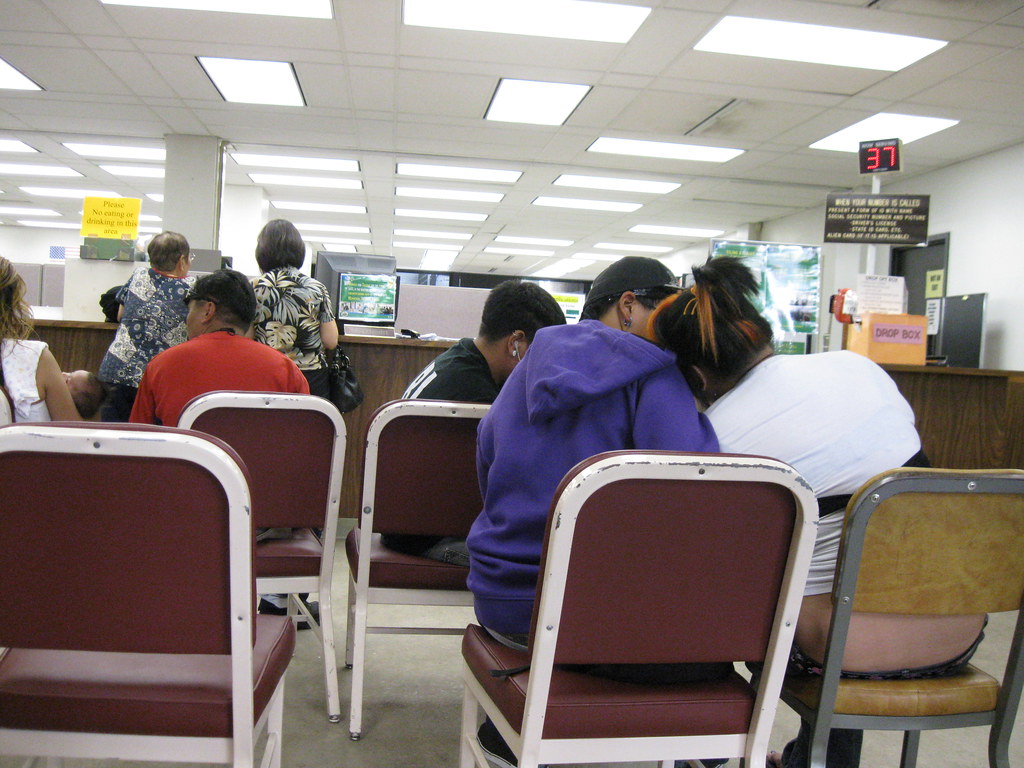In March 2020, Congress overwhelmingly passed the Coronavirus Aid, Relief, and Economic Security (CARES) Act in an attempt to address the recession induced by the Covid-19 crisis. While several aspects of the CARES Act, such as stimulus checks, have drawn tremendous attention, one of the most controversial aspects of the act has remained relatively underdiscussed. Pandemic Unemployment Assistance, or PUA, expanded unemployment benefits to previously ineligible workers and raised the minimum benefit to $600 a week. While PUA has received criticism for causing a labor shortage, it has been incredibly effective at preventing poverty, with one study finding that the discontinuation of PUA and the related Pandemic Emergency Unemployment Compensation (PEUC) would increase the number of individuals in poverty by 4.8 million.
However, PUA still suffered from problems. Its administration through state unemployment offices created an arbitrary patchwork of rules that was difficult for applicants to navigate and created more opportunity for people to slip through the cracks. Moreover, PUA’s sudden expiration meant millions were left without benefits as the country was at the peak of the current Delta-driven Covid-19 wave. Solving these problems for future recessions requires a rethinking of the unemployment insurance system, with federal oversight of benefits and benefit amounts determined by an automatic formula based on economic conditions.
Unemployment insurance in the United States has historically been administered through state unemployment offices, with each state free to set its own rules for receipt of benefits and minimum benefits. While this decentralized approach may seem to accommodate differences among states, in practice, the state-centric approach has led to wildly varying and arbitrary experiences from state to state. North Dakota offers a maximum weekly benefit of $618, while in neighboring South Dakota, the maximum benefit is nearly $200 lower, at $466 a week. Low state unemployment benefits are not an academic issue: they can cause significant hardship for workers who hit an unlucky patch. The differences between state unemployment criteria result in stark disparities: a Pew Research study in 2020 found that, nationwide, 29 percent of unemployed workers received benefits, a number that masks significant differences in benefit receipt between states. State unemployment offices also struggle to handle claims due to unmaintained computer systems, clogged phone lines, and budget cuts. Combined, this can lead to extremely limited uptake of unemployment benefits. Indeed, just 7.6 percent of jobless Floridians received unemployment benefits in March 2020. In addition to immiserating the unemployed, this system prevents unemployment benefits from effectively stimulating the economy, since every jobless worker who does not receive benefits must cut back on spending. Federalizing this system would ensure that workers are subject to the same rules no matter which side of a state line they happen to live on, and would allow the Social Security Administration to apply its experience with administering Old Age, Survivors, and Disability Insurance and Supplemental Security Income to the administration of unemployment benefits. While it is possible that federal control would result in greater bureaucratic mismanagement, the Social Security Administration has infrastructure in place designed to calculate benefit amounts and mail checks, which would likely outperform the state unemployment offices. A review of the current system of unemployment benefits by the Upjohn Institute, an employment-related policy institute, finds a federal system would greatly improve the efficiency and efficacy of unemployment insurance. For most workers, a shift to a federal system would also result in little upheaval, as current state unemployment taxes withheld from paychecks would simply shift to being federal taxes.
While federalizing the unemployment insurance system would help standardize benefit receipt across states, it does not prevent benefit amounts and time limits from being determined based on arbitrary thresholds. A perfect example is Pandemic Unemployment Assistance, which began as a $600-a-week benefit, was lowered to $300 a week with the passage of the American Rescue Plan, and was terminated on September 6th. This benefit progression did not reflect a change in the underlying economic conditions of the country and was instead based almost entirely on the political desires of Congress. This inconsistent determination of benefit amount and lengths not only keeps unemployed workers uncertain of the status and duration of their benefits, but also prevents benefits from most efficiently stimulating the economy. Increasing benefit duration and amount during a recession not only has the immediate effect of cushioning newly-unemployed workers, but can also shorten the length and severity of a recession by stimulating spending at a point when disposable incomes are at their lowest. In contrast, removing unemployment benefits before employment has recovered from a recession, as Congress did by allowing PUA to expire on September 6th, can unnecessarily prolong the recovery. A more efficient approach is to determine benefit amount and duration automatically based on a number of economic indicators, such as the unemployment rate, vacancy rate, and other indicators that signal that a recession has begun and that benefit amounts should therefore increase. Under this system, benefits would increase automatically during a recession and remain at an increased level until economic conditions return to normal. This automated system has several benefits: policymakers often take time to respond to recessions, which can limit the effectiveness of their interventions. Benefits determined by automatic formulae are also protected from cuts driven by politics and ensure that workers know ahead of time how long their benefits will last and that they are not subject to arbitrary cuts.
Unemployment insurance is one of the government’s most effective tools for preventing poverty during a recession and stimulating economic recovery. However, strict and antiquated state unemployment offices and discretionary determination of benefit levels prevent unemployment benefits from working most efficiently to counteract recessions. Federalizing the unemployment insurance system under the Social Security Administration and automating benefit amounts would ensure that unemployment benefits have the chance to work at their best.
Photo: Image via Flickr (Bytemarks)
